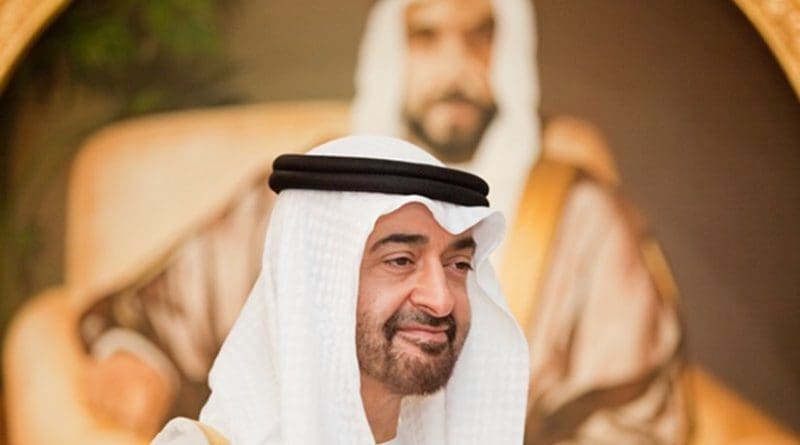Kandahar Bombing: Pakistani Messaging To UAE? – Analysis
The United Arab Emirates (UAE) is mourning five of its diplomats killed in a bombing in Afghanistan’s Kandahar province on 10 January. The bomb killed at least 11 people and wounded 17, including Juma al-Kaabi, the UAE ambassador to Afghanistan. On the Afghan side, authorities said the dead included two politicians, a deputy governor from Kandahar and an Afghan diplomat stationed at its embassy in Washington.
The Emirati diplomats were reported to be “on a mission to carry out humanitarian, educational and development projects”. The diplomats were expected to open a number of UAE-backed projects as part of an aid programme to Afghanistan. The Taliban, the primary actor in the region, denied carrying out the bombing, saying the attack was a result of “internal local rivalry”.
The Kandahar blast was one in a string of bombings that hit three Afghan cities on that day killing nearly 50 people and wounding 100. The Taliban claimed two of them, including the twin suicide blasts near Afghanistan’s parliament in Kabul which killed at least 30 people and wounded 80.The other being a suicide bomb attack in Helmand province. Afghanistan last week had welcomed the Pentagon’s decision to deploy some 300 US Marines to Helmand.
The possibility of a Taliban attack targeting Emirati officials is not going down well with analysts; after all UAE was one of only three countries, along with Pakistan and Saudi Arabia, to recognize the Taliban government during its five-year rule of Afghanistan. The BBC in one of its reports suggested three possibilities: the first being that the Taliban or their allies in the Haqqani militant network carried out the attack targeting the Kandahar police chief Abdul Raziq, who is known to be staunchly anti–Pakistan and who was present when the blasts took place. The Taliban denied involvement when they realised the victims included UAE officials.
The second identified possibility attributes the bombing to regional tensions – Iran reacting to increased Saudi/Arab interests in Afghanistan. The third possibility is that of local rivalries between officials and politicians in Kandahar, who at times have been accused of using the Taliban to harm each other.
There could be two other possibilities; first flowing out of ‘internal local rivalry’ – an Al-Qaeda faction squaring up for Emirati involvement in Yemen and the targeting of al-Qaeda in the Arabian peninsula cadres there. The second, a Pakistani (ISI) rap on the Emirati knuckles for cozying up to India.
The Crown Prince of Abu Dhabi, Sheikh Mohamed bin Zayed Al Nahyan, is going to be the Chief Guest at India’s Republic Day celebrations this month. India expects its decision to have an air force contingent from UAE parade alongside the Indian armed forces during the Republic Day celebrations to send a “clear strategic signal” to Pakistan of its growing strategic bonding with the Gulf region.
There is a precedent to Pakistani ‘messaging’. Several members of the UAE royal family, including deputy prime minister Prince Sheikh Saif bin Zayed Al Nahyan, on a Houbara bustard hunting mission, had a lucky escape in December last year after their convoy was attacked by 10 armed men on motorcycles in Pakistan’s restive Balochistan province. A spokesman for the banned Balochistan Libration Front claimed responsibility of the attack, the Dawn had reported.
Pakistan has a history of employing covert means to support its diplomatic efforts to secure its national interests.
*Monish Gulati can be contacted at [email protected] . This article was published at South Asia Monitor.


A biased & parochial analysis – through an Indian prism.
what non-sense….it was an attack planned and executed by India, Iran and Afghanistan and was a conspiracy against Pakistan. Even Taliban denied the responsibility
Indians are getting more desperate by the day. Your on the wrong side of history India!
How about the possibility that it was a RAW operation to malign others? RAW has a long history of doing so. This is nothing but a propaganda piece. The writer needs a class in neutrality.